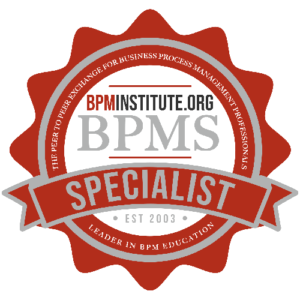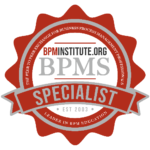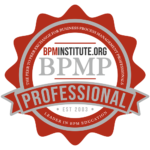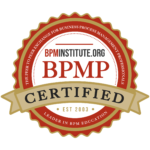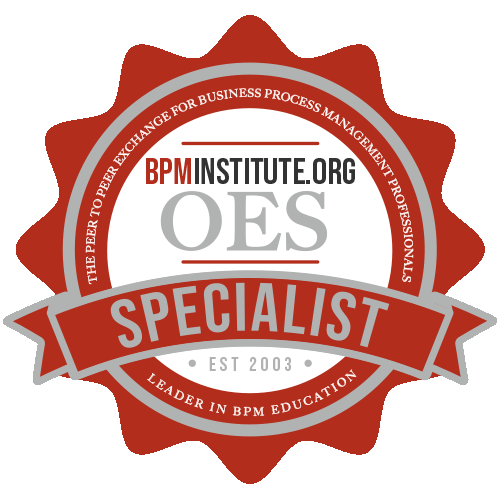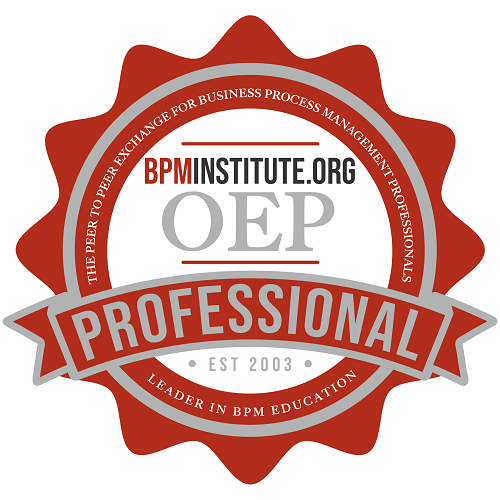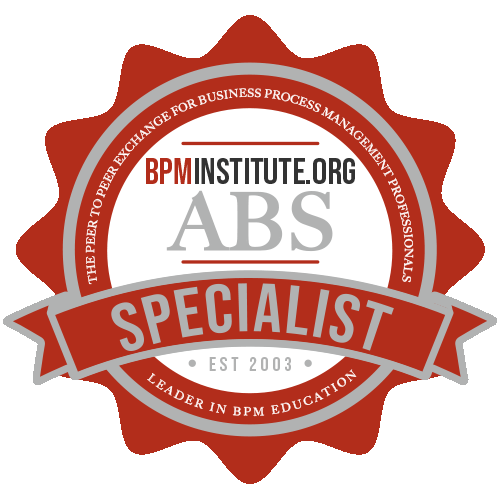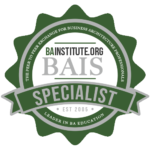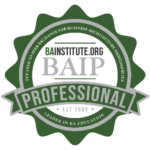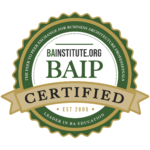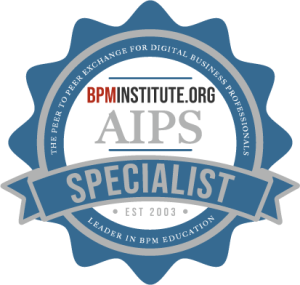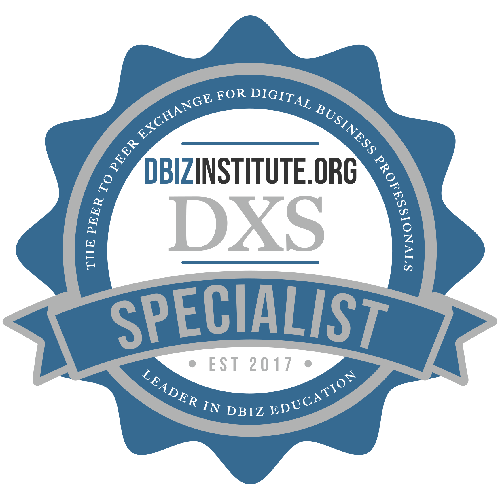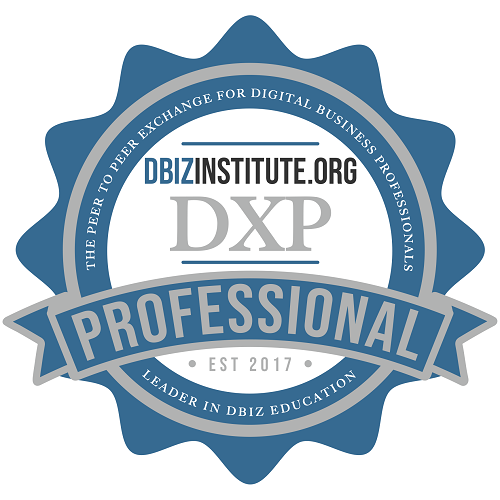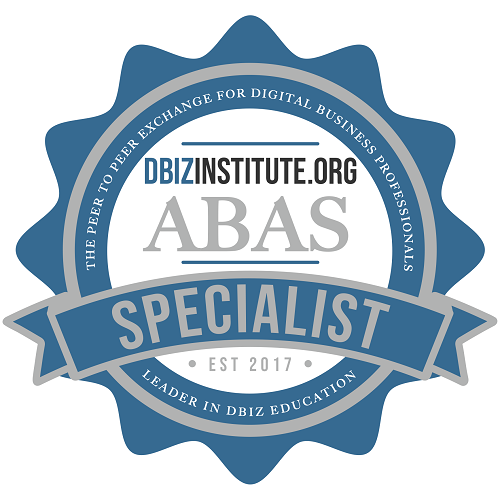For many organizations, speed and adaptability have become the new currency of business success. Even if your current Business Process Management (BPM) practices help to streamline operations, you may still find yourself missing opportunities to deliver quick, incremental value to stakeholders. That’s where Agile BPM comes in. By combining agile methodologies with traditional BPM approaches, you can move away from lengthy, top-down process redesigns and toward iterative improvements that continuously refine workflows in response to real-time feedback. In this article, we’ll explore what it means to earn an Agile BPM Specialist Certificate, the core skills you’ll gain, and why merging agile principles with BPM can be a game-changer for your career and your organization.
Why Agile Matters in BPM
In a classic BPM project, you might invest months in mapping a complex process, soliciting stakeholder input, and rolling out changes all at once—hoping the final product meets everyone’s needs. Agile methodologies, by contrast, advocate short sprints, rapid prototyping, and iterative feedback loops. When applied to BPM, this means delivering smaller improvements more frequently:
- Faster Time-to-Value:
Instead of waiting for a massive “go-live” event, agile BPM teams release new process improvements in shorter cycles, creating immediate benefits for customers and employees. - Reduced Risk:
Continuous feedback lets you catch design flaws earlier, minimizing the risk of investing heavily in a misaligned workflow that fails to deliver ROI. - Enhanced Responsiveness:
As market conditions or internal strategies shift, agile BPM teams can pivot quickly, updating process elements in smaller increments rather than orchestrating a grand overhaul.
Core Skills of an Agile BPM Specialist
- Applying Agile Concepts to BPM
The Agile BPM Specialist Certificate program teaches how to adapt agile values and principles—like iterative work cycles and collaborative feedback—to the realm of process management. You’ll learn how to define a Minimum Viable Process (MVP), mirroring the tech-world concept of a Minimum Viable Product, to quickly test, refine, and deliver BPM solutions. - Agile Roles and Responsibilities
Agile BPM reshapes traditional BPM team structures. The program clarifies how product owners, scrum masters, and cross-functional team members all fit within BPM initiatives. This clarity helps ensure everyone’s aligned on priorities and accountabilities, preventing slowdowns or confusion during sprints. - Agile Techniques for BPM
Beyond standard tools like Kanban boards or burndown charts, you’ll explore how to adapt BPM staples—like Lean, Six Sigma, and process re-engineering—into shorter, iterative cycles. Learning to refine and demo user stories for BPM needs helps you collect stakeholder feedback early and often, improving both the speed and quality of your outcomes. - Agile BPM in Action
Practical application is central to the certificate. Through exercises in functional decomposition, user story mapping, and sprint management, you’ll see firsthand how incremental process changes can yield more stable and impactful results than a single large-scale redesign.
How Agile BPM and Traditional BPM Intersect
- Process Mapping with Iterative Refinement
While BPM involves detailed mapping of “As Is” and “To Be” processes, agile techniques break these maps into smaller user stories or tasks. This granular approach helps teams tackle improvements step by step, validating each piece before moving on. - Continuous Feedback vs. Big-Bang Rollouts
Agile BPM encourages frequent check-ins (e.g., daily stand-ups or sprint reviews) where stakeholders can react to the latest changes. This stands in contrast to more traditional BPM projects where feedback may only come at major milestones, risking late-stage revisions. - Balancing Efficiency with Adaptability
Traditional BPM aims for robust, end-to-end solutions, while Agile BPM emphasizes flexibility. Combining both ensures you maintain a solid structure for critical workflows but also stay nimble enough to adapt processes as business needs evolve.
Career Advantages
- In-Demand Skill Set:
Many businesses now prioritize agility and speed in their transformation efforts. Having both BPM fundamentals and agile expertise positions you as a versatile leader capable of guiding fast-paced, iterative improvements. - Leadership Opportunities:
Professionals who can orchestrate sprints, manage diverse stakeholders, and quickly pivot process initiatives are often tapped for senior roles—like Agile Coach, BPM Manager, or Process Improvement Lead. - Higher Salary Potential:
Because agile BPM requires a combination of process knowledge, collaborative leadership, and change management, specialists in this area are in short supply, often commanding premium compensation. - Cross-Industry Appeal:
Agile BPM isn’t just for software companies. Healthcare providers, financial institutions, and even government agencies need to respond swiftly to regulatory changes, market demands, and evolving customer expectations. Your agile BPM skillset travels across these domains.
Making the Most of Agile BPM
- Start Small:
Test agile BPM on a single workflow or department with a high volume of quick wins. Document your successes, measure the results, and share them internally to build momentum. - Engage Stakeholders Constantly:
Agile BPM’s power comes from feedback loops. Involve frontline employees and managers in sprint planning, reviews, and retrospectives. Their insights ensure each iteration adds meaningful value. - Scale Judiciously:
Not every process requires a sprint-based approach. Identify areas where rapid changes matter—like customer-facing workflows—while maintaining traditional BPM for stable, regulatory-heavy processes that need strict oversight. - Foster a Culture of Experimentation:
Agile BPM thrives in environments where teams feel safe to test ideas, learn from small failures, and iterate quickly. Model this behavior by encouraging open dialogue and celebrating lessons learned, not just successes.
Earning an Agile BPM Specialist Certificate bridges the gap between methodical BPM techniques and the quick, iterative ethos of agile development. You’ll learn to dissect larger processes into manageable components, gather feedback at each step, and deliver incremental value with minimal risk. This unique blend of BPM rigor and agile flexibility ensures processes stay aligned with business objectives, even as those objectives evolve at breakneck speed. Whether you’re aiming to enhance customer experience, optimize internal operations, or simply keep up with a fast-changing marketplace, Agile BPM offers a powerful route to sustained organizational agility—and a major boost to your professional credentials.




